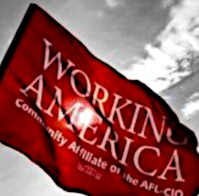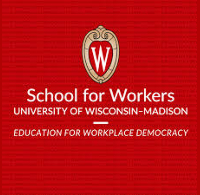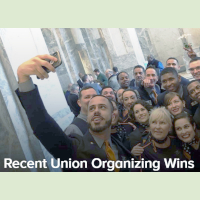Next up in our series that takes a deeper look at each of our affiliates is the Office and Professional Employees.
Mission: “To improve the lives of working families by bringing economic justice to the workplace and social justice to our communities. Acting as a strong and united voice in the workplace and in the communities in which we live, OPEIU seeks to bring the benefits of representation to all working people and their families.”
Current Leadership of Union: Richard Lanigan serves as president of OPEIU. He was first appointed president by the OPEIU executive board in 2015 and was elected to the position in 2016. Lanigan worked his way through college as a union member before joining OPEIU Local 153 in 1980. After law school, he served as assistant to the OPEIU general counsel. In 1994, he was elected both as secretary-treasurer of Local 153 and joined the international executive board as vice president. Mary Mahoney has served as secretary-treasurer since 2010. OPEIU has 17 vice presidents.
Number of Members: 103,000.
Members Work As: Healthcare employees, including registered nurses and podiatrists, clerical workers, credit union employees, nonprofit employees, teachers, Minor League Baseball umpires and helicopter pilots.
Industries Represented: OPEIU members work at credit unions, hospitals and medical clinics, insurance companies, higher education, nonprofits, transportation, shipping, utilities, hotels, administrative offices and more.
History: The American Federation of Labor granted the first clerical federal charter to Local 1 of the Stenographers, Typists, Bookkeepers and Assistants Union in Indianapolis, Indiana, in 1906. Membership grew slowly until the passage of the Wagner Act in 1935. The legislation granted collective bargaining rights to working people and propelled thousands of clerical employees to form dozens of clerical unions. In 1936, Mollie Levitas called for a resolution recognizing an international union of office workers. Nine years later, AFL granted a charter to the Office Employees International Union (OEIU), which had 22,000 members. In 1965, after the AFL merged with the Congress of Industrial Organizations, the OEIU rebranded as the Office and Professional Employees International Union. In the following decades, the union grew at a fast rate, reaching 110,000 members by 2010.




















